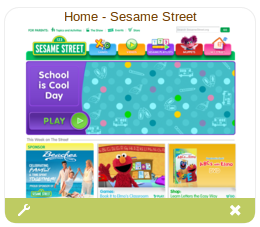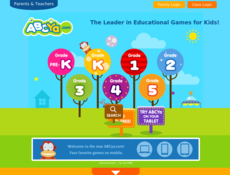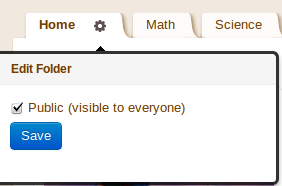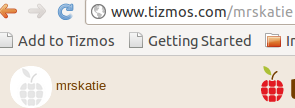After reading both of these articles I see each of them having a significant view of the role that technology plays in society today. I believe that both Turkle and Wesch are partially allies in the sense that they are both strong advocates of the role that technology plays in the modern day world; however they also have strong opposing viewpoints. They both have solid reasons for their opinions regarding technology and I find myself agreeing with both of them. Technology is important for students to develop their critical thinking skills; however it is important to keep in mind that technology should not consume our lives.
Throughout Turkle's article, the overall message was that as humans we are desperate to connect through our devices. Turkle describes how we are distracted by the use of our phones and other devices around us. I found so many connections to Turkle’s piece…..at times she was literally describing how technology and communication with others in my own life were occurring on a daily basis. The other day I stopped and realized my son, his dad and myself were all in the room together...everyone on some type of device.....not talking at all to each other. My heart broke the other day when my son made the comment "daddy is always on his phone"....however the next night his dad made a similar comment " I kept asking Riley about his day but he was too busy on the tablet."
Turkle states that in today’s society we are essentially sacrificing conversations for connections. Instead of having intellectually stimulating conversations, we are having brief interactions with people who hardly know us other than what we portray on our social media profile, which is how we “want” to define ourselves. She emphasizes that face to face conversations teach us patience in order to listen to one another’s ideas, however instead we are posting how we feel and waiting for others to comment on our statements.
We are tempted to think that our little “sips” of online connection add up to a big gulp of real conversation. But they don’t. E-mail, Twitter, Facebook, all of these have their places — in politics, commerce, romance and friendship. But no matter how valuable, they do not substitute for conversation.
One example from her article was the mentality that some have where they complain by saying, “No one is listening to me,” and in order to solve their loneliness, they turn to Twitter, Facebook, or other social media sites. As time passes, we expect more from technology and less from one another. Turkle is pointing to a problem not so much with technology, but rather in the decreasing value that people have in communicating with one another. Technology allows us to get access to information/people whenever we want it. This means that we can connect across space and time and interact with 'whomever' regardless of who is across the table from us... unfortunately this creates a social problem... not because of technology, but rather in the fact that people not valuing the people in their immediate environment. We can blame technology, but it might be a statement more about the quality of the relationships we are creating face-to-face.
Wesch embraces this sudden shift in technology. Wesch believes in using technology to change the education of students. He makes strong points about the use of technology to connect individuals all over the world, and as an educator makes the point of explaining how it transforms students into producers of knowledge rather than consumers. Wesch says students should go from being knowledgeable to knowledge-able. He also makes the point that even though with technologically yo can easily connect, share, collaborate and publish, those are actually very hard concepts. There is a need for critical thinking skills and for students today to embrace real problems and search for meaning within their learning.
Most of us know from our own experience, the best learning almost always occurs in the
absence of a teacher, for it is then that learners are free to pursue with great passion the questions that are meaningful and relevant to their own lives. Focusing on the quality of learning, rather than the quality of teaching transforms the entire educational agenda. As for myself, I have increasingly focused less on simply trying to convey good information and more on inspiring good questions. It struck me that all learning begins with a good question, and if we are ultimately trying to create “active lifelong learners” with “critical thinking skills” and an ability to “think outside the box” it might be best to start by getting students to ask better questions.






